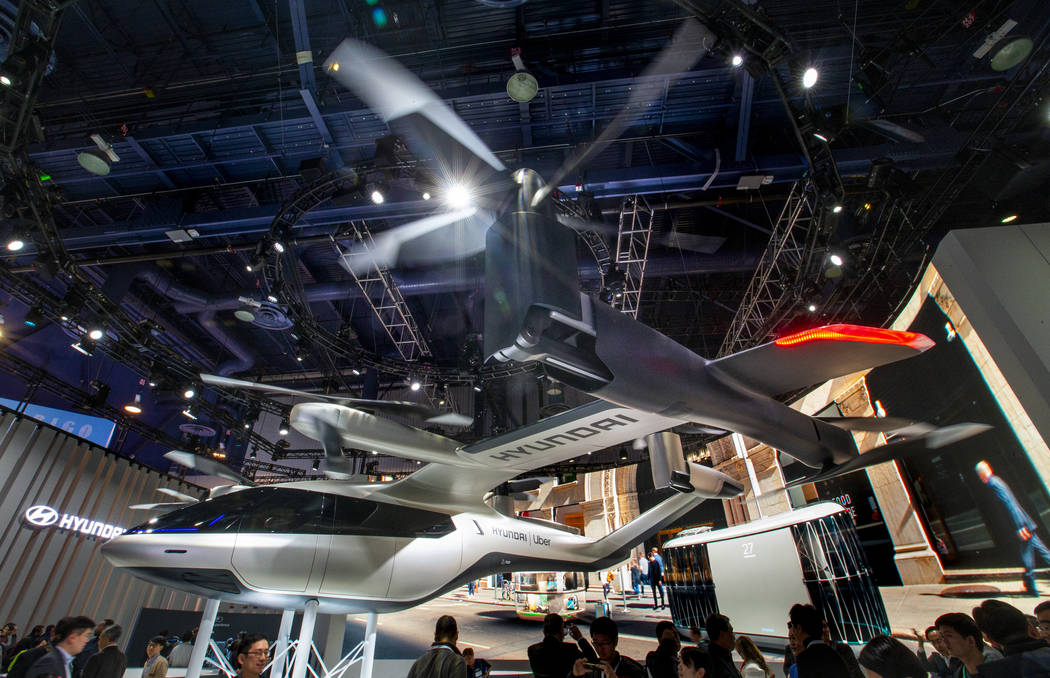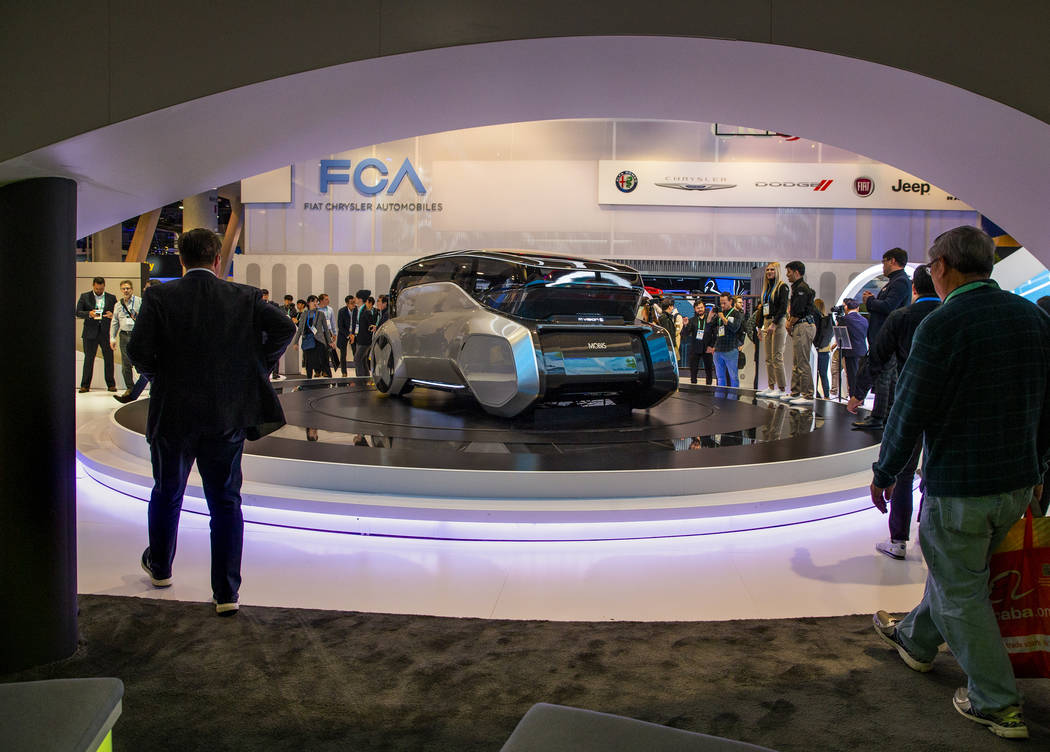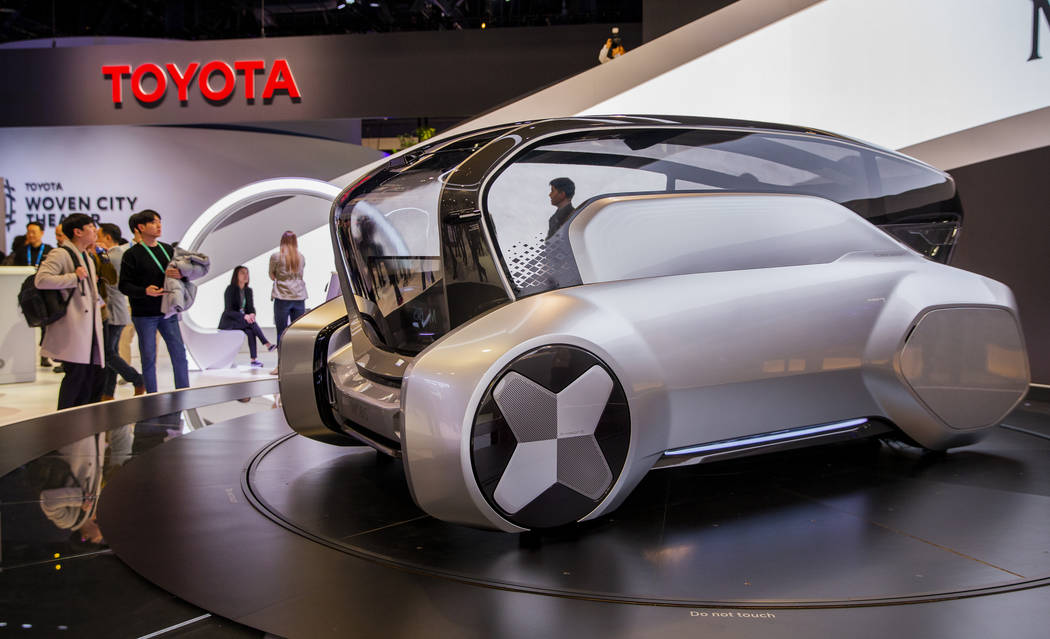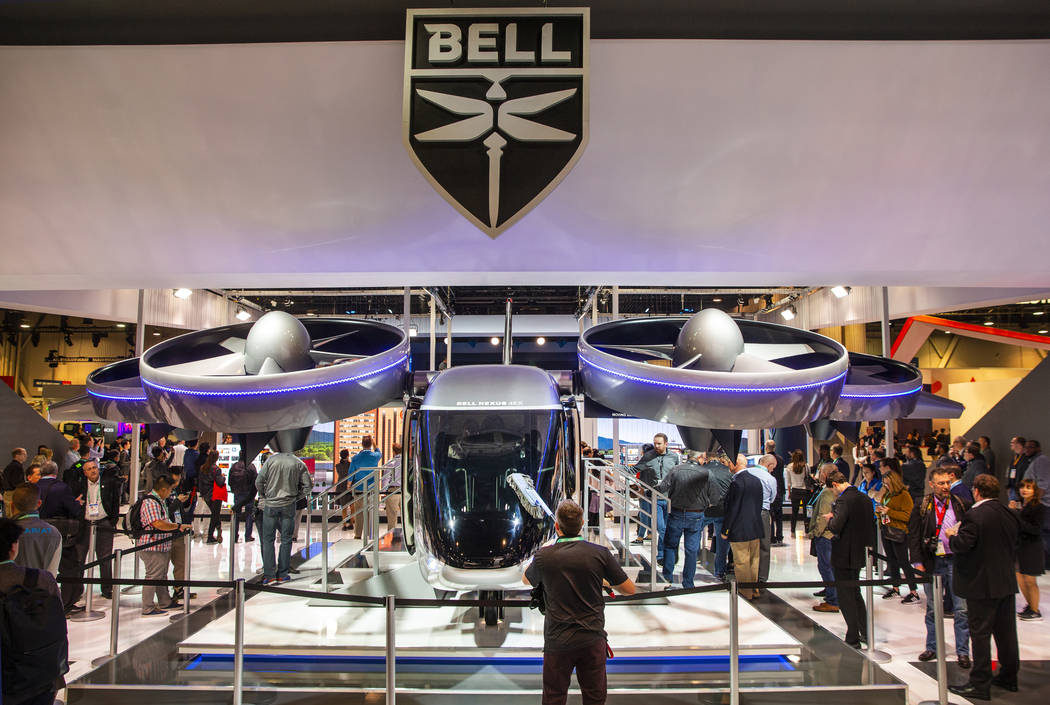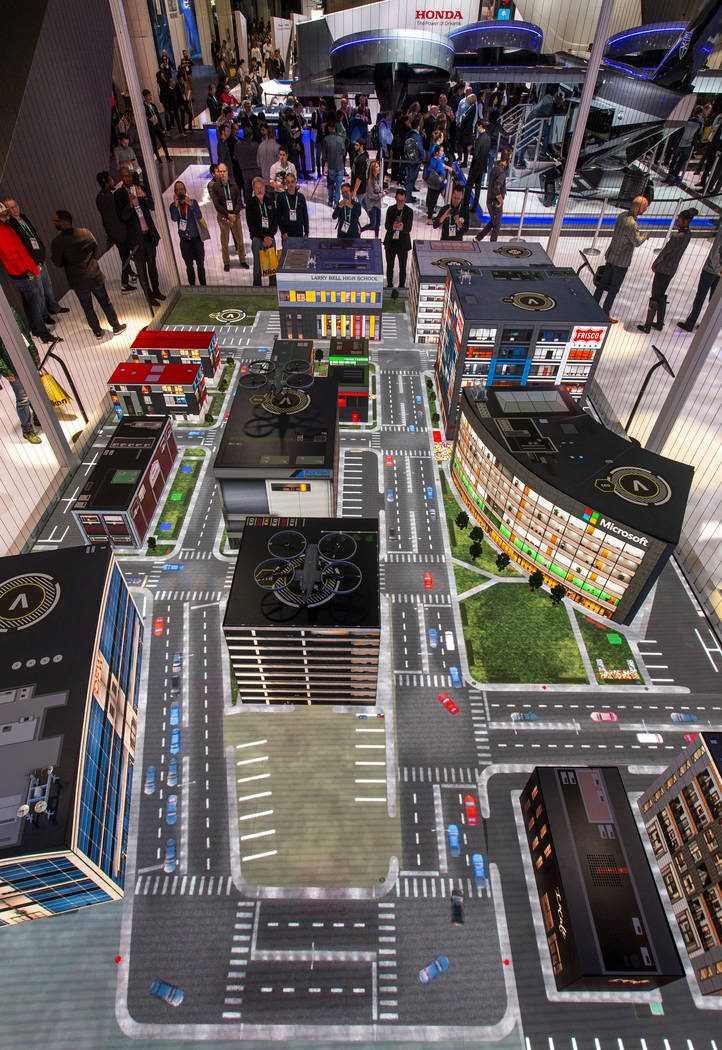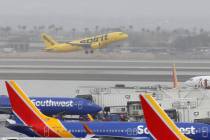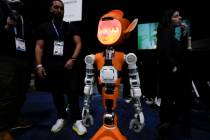Push toward flying taxis ascends at CES 2020
The push to get flying taxis off the ground continued Wednesday at CES 2020 as a pair of companies unveiled their latest vehicle prototypes.
After lighting up CES 2019 with its Nexus vertical takeoff and landing aircraft model, Bell returned this year with an updated prototype: the Nexus 4EX.
Meanwhile, longtime automotive manufacturer Hyundai announced it was launching into the flying taxi realm, unveiling its SA-1 model.
The Nexus 4EX is slated to be fully electric, a change from last year’s hybrid model. The flying taxi is built to carry up to five passengers. As noted by its name, the 4EX features four fan ducts, a reduction from the six shown with last year’s model.
The Nexus 4EX would travel at 150 mph and have a range of 60 miles.
Bell brought along mini drone versions of the Nexus 4EX model and flew them around a miniature city to display how the system would work.
“With focus on the passenger experience, we revealed the technology and the vehicle that will revolutionize transportation in cities at CES 2019,” said Mitch Synder, CEO and president of Bell. “This year we’re demonstrating what governing, operating, working and living in a smart city will look like.”
Bell also announced a partnership with Microsoft Azure at CES, which its Bell AerOS system will run on. The service was created to manage fleet information, observe aircraft health and manage throughput of goods, product and predictive data and maintenance.
Hyundai SA-1
Hyundai’s SA-1 features four tilt rotors and four lift rotors as part of its propulsion unit.
Fitting four passengers and a pilot, the SA-1 stretches 35 feet in length, with a wingspan of almost 50 feet and a weight of 7,000 pounds.
The initial cruise speed of the SA-1 is 150 mph, with a top cruising speed of 180 mph possible. The 100 percent electric flying taxi has a range of 63 miles.
“Our vision of Urban Air Mobility will transform the concept of urban transportation,” said Jaiwon Shin, executive vice president and head of Hyundai’s Urban Mobility Division. “We expect UAM to vitalize urban communities and provide more quality time to people.”
Uber Air
Both Bell and Hyundai are partnered with Uber Elevate, which is working to launch its Uber Air service in select cities as early as 2023.
Uber Air began demonstration flights using helicopters in New York to show how a flying ride-hailing service could work.
The plan is to launch Uber Air in 2023 commercially in three cities, Los Angeles, Dallas and Melbourne, Australia.
The service would be carried out by creating skyports, which would be placed in high volume areas of cities, where up to 1,000 landings per hour could occur, according to Uber Elevate’s website.
Contact Mick Akers at makers@reviewjournal.com or 702-387-2920. Follow @mickakers on Twitter.



